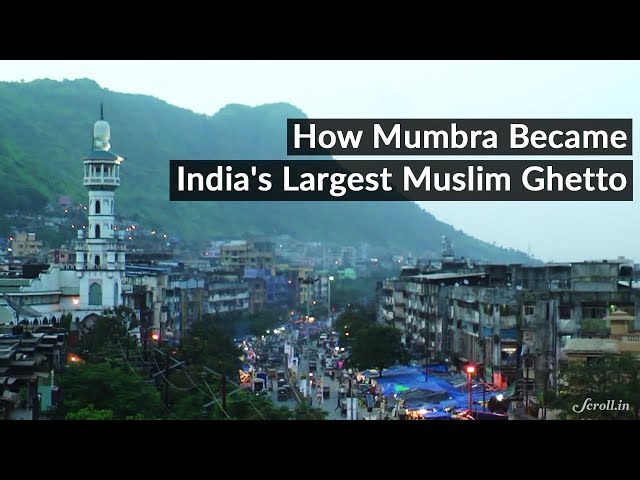July 13, 2024
Segregation of minority communities, particularly Muslims, in India has far-reaching negative consequences on their access to public goods, health, and education services. This phenomenon not only makes these communities more vulnerable during communal violence but also exacerbates socio-economic disparities.
A recent report by The Indian Express, drawing on statistics from the 2019-21 National Family Health Survey, highlights the stark disparities faced by Indian Muslims. The median years of completed schooling for male household heads in this community is almost two years lower than the national average. Furthermore, the urban infant mortality rate for Muslims is nearly 5 percent higher than the overall urban population. Additionally, a higher percentage of Muslim children under five are malnourished compared to their peers nationwide.
Despite the persistence of these socio-economic gaps, the question remains: have Muslims made any progress in closing these disparities over time? The short answer is no. The socio-economic status of Muslims has not converged with that of the average Indian, indicating a need for focused policy interventions to address these inequities.
This segregation and its associated disadvantages underscore the importance of inclusive policies and equitable access to resources for minority communities in India. Without such measures, the cycle of disadvantage is likely to continue, perpetuating the socio-economic marginalization of Indian Muslims.




